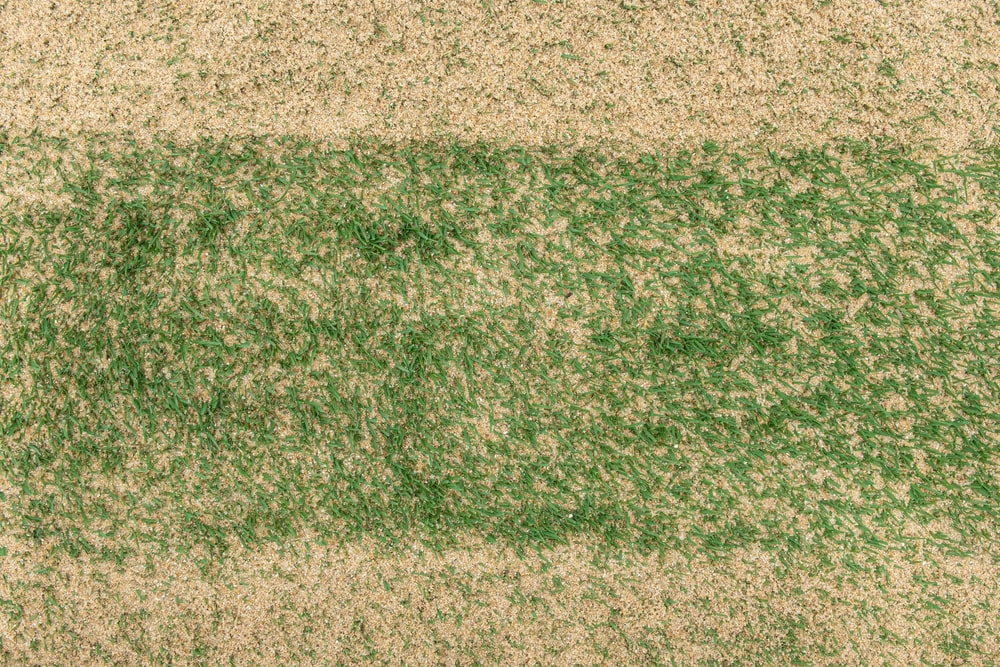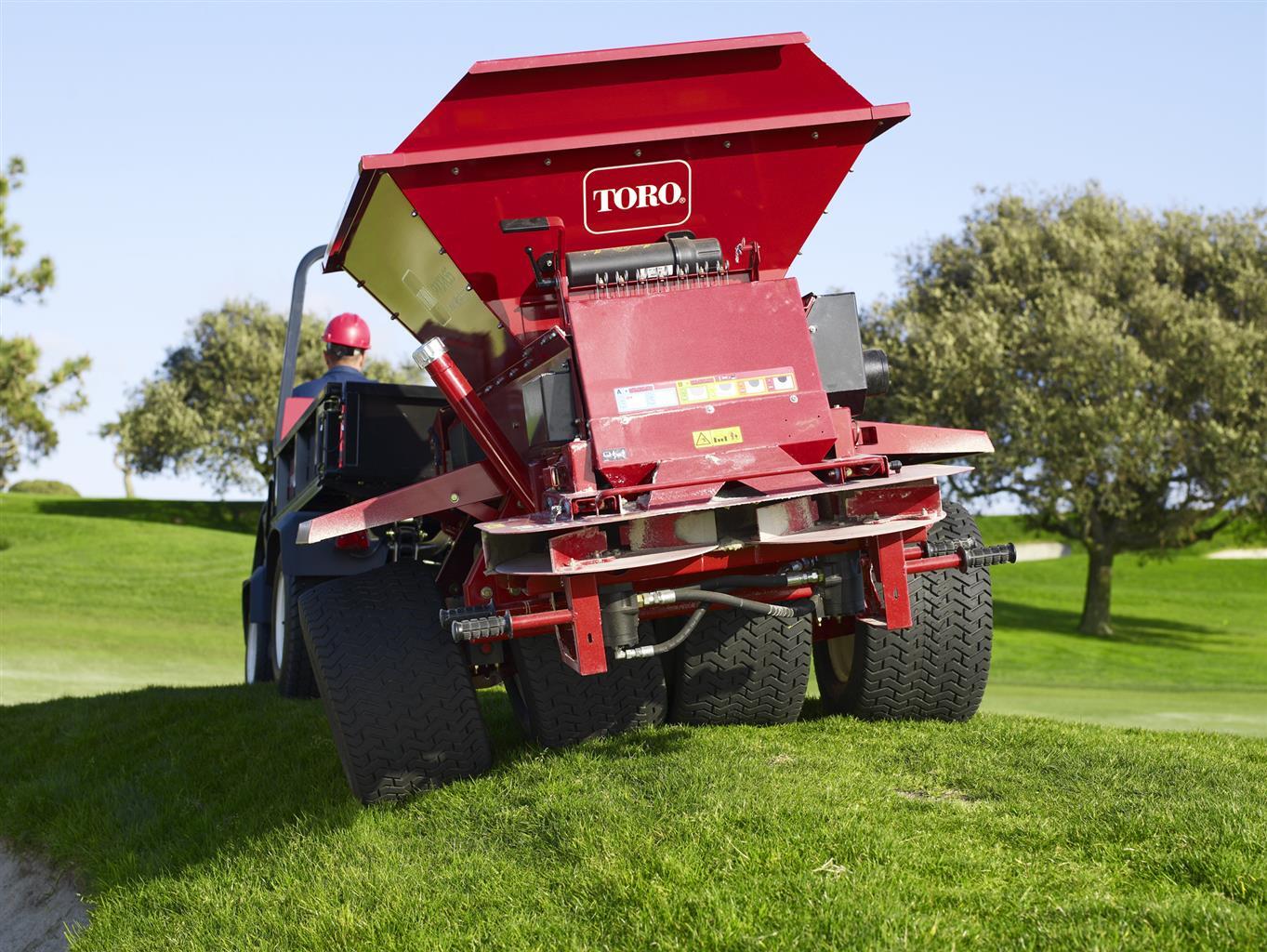The secret to better turf health and playability
Golfers are generally sceptical about topdressing, as they believe it might interfere with their putting game or simply spoil the beauty of a well-cut green.

However, greenkeepers know that regular topdressing plays a vital role in golf course management and that the benefits significantly outweigh the negatives.
Here’s some context to understand why this practice is so important and, at the same time, misunderstood.
What does it involve, exactly?
In topdressing, sand and other materials are spread across the turf to dilute a layer of organic material known as thatch, optimise drainage and smooth out the surface for better playability.
Depending on the condition of the golf course or the greenkeeper’s philosophy, the sand mix can either be used often and lightly or just a few times a year but with more sand applied. In general, the procedure will happen between April and October, when the grass is growing, to facilitate the absorption of sand and turf recovery.
Moreover, to help the sand mix integrate into the soil profile, greenkeepers will often topdress shortly after aerating the turf – an essential process where small holes are punched into the soil to promote the circulation of air and nutrients.
What are the benefits of topdressing?
When it comes to topdressing, some golfers believe that the extra sand particles on the playing surface can make shots unpredictable. Although this might be true shortly after the process, once the excess material settles, topdressing smooths out the putting green and fairways, improving the overall playability.
The opposite scenario, on the other hand, is much less appealing. Without an ongoing topdressing programme, golfers might avoid a short-lived nuisance, but putting greens will more likely have poor turf quality and uneven surfaces, making precise play particularly difficult.
Let’s explore more closely the key benefits of a well-planned topdressing initiative.

Extra smooth surfaces
The small gaps between grass leaves and stems in the turf canopy produce unpredictable ball rolls. Topdressing with sand can solve these issues by compacting that space to offer putts that are smooth and accurate.
Thatch down
Thatch is a layer of organic matter that is separated from the grass and plants around the course and lying around the surface. When this layer doesn’t exceed 10mm it contributes to make the turf more resilient; any more than that and it can create problems such as excessive water retention and uneven surfaces.
Thankfully, topdressing provides the best results when it comes to diluting thatch, helping avoid the negative effects of a spongy layer that is a magnet for tyre tracks and deep ball marks.
Healthier and firmer turf
By controlling the soft thatch layer in the upper root zone, regular topdressing contributes to making turf firmer and more resilient, elevating the overall golfing experience.
On the other side of the spectrum, turf can occasionally become thinner and more fragile, depending on the weather. A healthy dose of sand mix can improve this condition with a protective layer by making the turf healthier and enabling better grass growth.

What do golf courses use for topdressing?
As the importance of topdressing greens and fairways becomes evident, you might be wondering how to get started. More precisely, what tools do greenkeepers use?
As always, having access to high quality maintenance equipment in turfcare is paramount. And as always, Toro manufactures best-in-class solutions to meet your unique turfcare needs, including topdressing.
Take for instance the Toro ProPass 200, an agile topdresser with extremely accurate spread patterns from light dusting to heavy aeration hole-filling applications. Its colour-coded operating system with repeatable settings helps consistently achieve a perfect spread and the wireless controller allows for easy adjustments in real time. In addition, the ProPass 200’s four-wheel, walking-beam suspension ensures a light footprint that will be gentle even on the most sensitive turf.
The Toro MH 400 is another great solution to scale your topdressing initiatives with unmatched performance and versatility. While its cross conveyor can be used to carry out the renovations of bunkers, greens, paths and drainage ditches, by installing the twin spinner attachment the MH-400 turns into a large area topdresser. This way, you can accurately spread materials such as crumb rubber, fertiliser and a sand or peat mix, save time and reduce operating costs.
Learn how Toro’s machines simplify topdressing by calling distributor Reesink at 01480 226800, emailing info@reesinkturfcare.co.uk or visiting reesinkturfcare.co.uk.